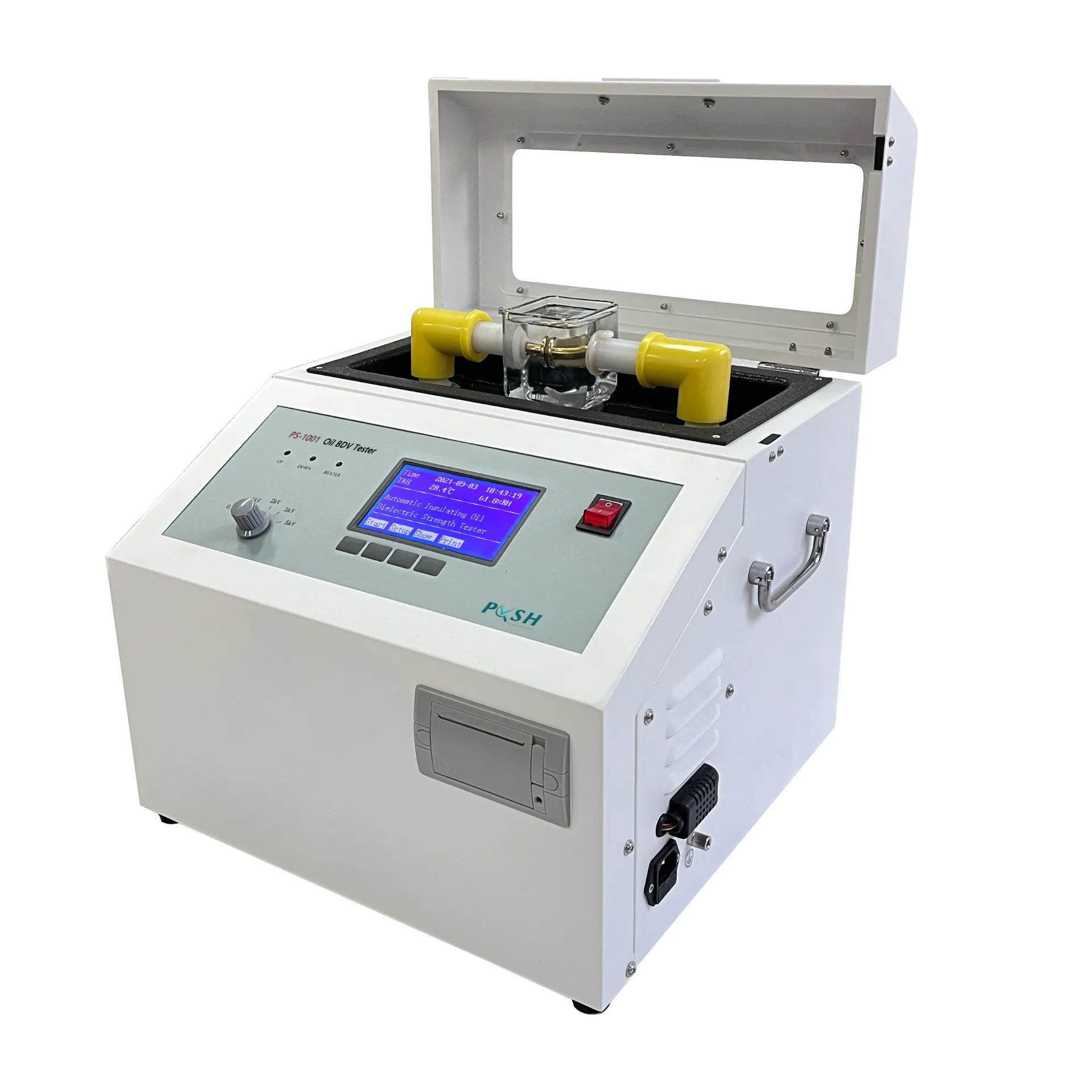 English
English



-
 Afrikaans
Afrikaans -
 Albanian
Albanian -
 Amharic
Amharic -
 Arabic
Arabic -
 Armenian
Armenian -
 Azerbaijani
Azerbaijani -
 Basque
Basque -
 Belarusian
Belarusian -
 Bengali
Bengali -
 Bosnian
Bosnian -
 Bulgarian
Bulgarian -
 Catalan
Catalan -
 Cebuano
Cebuano -
 China
China -
 China (Taiwan)
China (Taiwan) -
 Corsican
Corsican -
 Croatian
Croatian -
 Czech
Czech -
 Danish
Danish -
 Dutch
Dutch -
 English
English -
 Esperanto
Esperanto -
 Estonian
Estonian -
 Finnish
Finnish -
 French
French -
 Frisian
Frisian -
 Galician
Galician -
 Georgian
Georgian -
 German
German -
 Greek
Greek -
 Gujarati
Gujarati -
 Haitian Creole
Haitian Creole -
 hausa
hausa -
 hawaiian
hawaiian -
 Hebrew
Hebrew -
 Hindi
Hindi -
 Miao
Miao -
 Hungarian
Hungarian -
 Icelandic
Icelandic -
 igbo
igbo -
 Indonesian
Indonesian -
 irish
irish -
 Italian
Italian -
 Japanese
Japanese -
 Javanese
Javanese -
 Kannada
Kannada -
 kazakh
kazakh -
 Khmer
Khmer -
 Rwandese
Rwandese -
 Korean
Korean -
 Kurdish
Kurdish -
 Kyrgyz
Kyrgyz -
 Lao
Lao -
 Latin
Latin -
 Latvian
Latvian -
 Lithuanian
Lithuanian -
 Luxembourgish
Luxembourgish -
 Macedonian
Macedonian -
 Malgashi
Malgashi -
 Malay
Malay -
 Malayalam
Malayalam -
 Maltese
Maltese -
 Maori
Maori -
 Marathi
Marathi -
 Mongolian
Mongolian -
 Myanmar
Myanmar -
 Nepali
Nepali -
 Norwegian
Norwegian -
 Norwegian
Norwegian -
 Occitan
Occitan -
 Pashto
Pashto -
 Persian
Persian -
 Polish
Polish -
 Portuguese
Portuguese -
 Punjabi
Punjabi -
 Romanian
Romanian -
 Russian
Russian -
 Samoan
Samoan -
 Scottish Gaelic
Scottish Gaelic -
 Serbian
Serbian -
 Sesotho
Sesotho -
 Shona
Shona -
 Sindhi
Sindhi -
 Sinhala
Sinhala -
 Slovak
Slovak -
 Slovenian
Slovenian -
 Somali
Somali -
 Spanish
Spanish -
 Sundanese
Sundanese -
 Swahili
Swahili -
 Swedish
Swedish -
 Tagalog
Tagalog -
 Tajik
Tajik -
 Tamil
Tamil -
 Tatar
Tatar -
 Telugu
Telugu -
 Thai
Thai -
 Turkish
Turkish -
 Turkmen
Turkmen -
 Ukrainian
Ukrainian -
 Urdu
Urdu -
 Uighur
Uighur -
 Uzbek
Uzbek -
 Vietnamese
Vietnamese -
 Welsh
Welsh -
 Bantu
Bantu -
 Yiddish
Yiddish -
 Yoruba
Yoruba -
 Zulu
Zulu
tan delta test of transformer winding
Tan Delta Test of Transformer Winding
The Tan Delta test, also known as the Power Factor test, is a vital diagnostic tool used to assess the insulation condition of transformer windings. Transformers, being critical components in power transmission and distribution systems, require regular maintenance and testing to ensure reliability, efficiency, and longevity. One such method for evaluating insulation performance is the Tan Delta test, which provides valuable insights into the quality and integrity of transformer winding insulation.
Understanding Tan Delta
Tan Delta (tan δ) is a function of the dielectric losses in an insulating material, represented mathematically as the ratio of the resistive current to the capacitive current in the insulation system. It reflects the phase difference between the applied voltage and the resulting current. In practical terms, a lower tan delta value indicates better insulation quality, while a higher tan delta value may signify deterioration or faults within the insulation. The test is typically performed at various frequencies, and the results can help identify areas needing attention before they lead to transformer failure.
Importance of the Tan Delta Test
Transformers operate under high voltages and harsh conditions, making their insulation systems susceptible to degradation over time due to factors such as thermal stress, moisture ingress, and electrical stresses. The Tan Delta test serves several purposes
1. Early Detection of Insulation Degradation By measuring the tan delta value at regular intervals, operators can detect early signs of insulation deterioration. An increase in tan delta can indicate the presence of moisture, contamination, or thermal aging.
2. Maintenance Planning The test results can help operators decide when to perform maintenance, repair, or replacement of transformer components, thus averting unexpected downtime and reducing operational costs.
3. Quality Control during Manufacturing The Tan Delta test can also be employed during the manufacturing of transformers. It helps manufacturers ensure that insulation materials meet specified standards and are free from defects before deployment.
tan delta test of transformer winding

4. Risk Assessment By analyzing tan delta values over time, operators can assess the risk levels associated with transformer operations. Higher values might necessitate immediate interventions to prevent catastrophic failures.
The Testing Procedure
Conducting a Tan Delta test involves several key steps
1. Preparation Ensure that the transformer is offline and properly grounded. Disconnect any auxiliary equipment to isolate the transformer for testing.
2. Testing Equipment Use a calibrated tan delta test equipment that applies an alternating voltage to the insulation and measures both the current and voltage.
3. Measurement The equipment applies a test voltage, and the tan delta value is calculated based on the phase shift between the charging and discharging currents.
4. Data Analysis Compare the measured tan delta values with historical data and manufacturer specifications. Look for trends such as increasing values over time, which may necessitate further investigation.
Conclusion
The Tan Delta test of transformer windings serves as a crucial technique for ensuring the reliability and safety of electrical power systems. By regularly monitoring the insulation condition, operators can proactively manage maintenance and repairs, thereby enhancing the lifespan of transformers and minimizing the risk of unexpected failures. With advancements in technology, the accuracy and efficiency of the Tan Delta test continue to improve, making it an indispensable part of transformer health assessment strategies. As electrical systems become more complex and integrated, ongoing diagnostics like the Tan Delta test will remain paramount in maintaining the integrity and performance of critical infrastructure in the power industry.
-
Using Distillation Range Testers in the Food and Beverage IndustryNewsApr.16,2025
-
The Impact of IoT on Distillation Range Tester PerformanceNewsApr.16,2025
-
The Best Distillation Range Testers for Extreme ConditionsNewsApr.16,2025
-
How Distillation Range Testers Save Time and MoneyNewsApr.16,2025
-
Distillation Devices for Advanced Separation TechniquesNewsApr.16,2025
-
Common Mistakes to Avoid When Using a Distillation Range TesterNewsApr.16,2025



